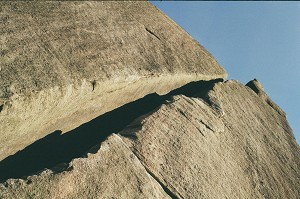
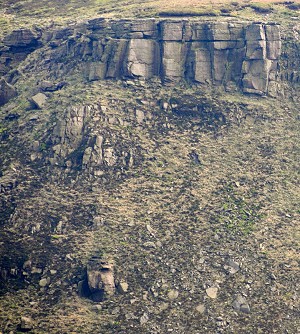
Gritstone is somewhat of an oddity when it comes to unclimbed lines. The nature of the rock means that the climbing is often extremely precarious, requiring the subtlest of movements. Conditions often have to be perfect, taking into account wind direction, general humidity, aspect of the climb, condition of the skin and so on. Furthermore, to have any realistic chance of climbing a LGP, surely a minimum of ten thousand hours will have to be spent on the grit, honing the required strength and skills.
Dedicated developer Jon Fullwood explains that 'LGPs on grit by their nature tend to require the best of conditions. I know it's frustrating for the best climbers who put in a huge effort training, to be stopped repeatedly from doing things purely by the vagaries of conditions.It's no surprise that most of them get their hardest climbing done on relatively short trips abroad.'Ned believes the peculiarities of gritstone itself are to blame. Sequences are often not straight forward and can take time and some imagination to figure out. The holds are usually terrible so you have to learn the intricacies of the moves."
"ALGP isn't just any new route that is hard, it doesn't even have to be the hardest at all. It just has to have significance, in terms ofdifficulty, boldness, aesthetics or all three"
Pete Whittaker
These projects have always captured the imagination of climbers. In 2013, Tyler Landman reignited the fascination of LGP's with his ascent of Smiling Buttress (f8B) at Curbar. The climb had been attempted by notable climbing hardmen Ben Moon and Steve McClure. There has always been somewhat of a mysterious aura surrounding these superb, desperate climbs. Similarly, during the winter of 2014, Pete Whittaker completed the direct start to his stunning addition at Wimberry; Baron Greenback Direct (E10 7a). In sport climbing terms, the route weighed in at a lofty 8b+ and the protection is some old centimetre deep caving bolts. Later, Ben Bransby added a 9ft fence pole in the gully to the left and used that as protection.
There are some less well known projects though. The scene surrounding gritstone climbing has often been seen as insular and not overly welcoming when it comes to developing new climbs.Ned Feehally explains that if someone is getting stuck into a project theyll often keep quiet about it as they dont want the pressure of other people on it. Does this mean that there is a certain amount of secrecy surrounding Last Great Problems?Unless you are seriously considering attempting one, why would you know about them? On one hand Jon Fullwood tells 'all and sundry about anything which might be an LGP in the hope of someone more capable getting them done.' Some of them are flagged up as LGPs in guide books and are therefore known entities among climbers. Although, Jon also states that 'when you tell climbers about projects, you expect them to ask before they try to climb it themselves, sometimes this backfires and you soon get to know who's a gentleman and who's a snake.'"It helps if famous people have tried them"
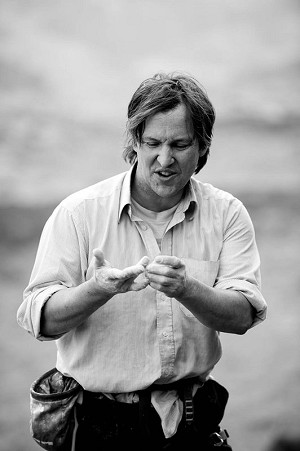
"It's kind of crap," says Johnny. "You're two moves from sitting on top of the crag, when you head out right from the crack to climb the ridge. It's the ultimate eliminate. It's rock like nothing else in the Peak, it's got one hold that you use in eight different ways, I've never come across that before. It's got nail holds, I couldn't do it now because my nails are not strong enough. You have to use your nails like you were pulling in a Marlin on a thin line, you're holding it and it just goes 'PING'. You are at the limit of climbing, because the nail can't withstand any more power. It used to be easier to do the moves because the wind was coming up the valley. It's 9b+ climbing."
"You soon get to know who's a gentleman and who's a snake"
Other projects are best described as concepts.Some of thelinesattempted by Johnny Dawes have been declared impossible by others. The line to the right of Ulysses at Stanage could be possible, except for the inescapable first third of the route. Ned Feehally has described the project as "a bit fanciful," presumably meaning he can't do it. Johnny is far more confident and believes that all you need is someones shoulders to stand on, to bypass the first few moves. Perhaps just a healthy dumping of snow, Johnny.

The past is already full of compromises. Sticky rubber, new forms of protection, different tactics to name a few. But perhaps the item that will have the greatest impact on future development in the Peak is the bouldering pad. Whilst it has been argued that this has negatively impacted upon the style of ascent ("We never used them in my day"etc), it could be argued that it allows the climber to attempt problems ground up and largely avoid top rope practice. They certainly don't negate risk.
"It used to be easier to do the moves because the wind was coming up the valley. It's 9b+ climbing."
Future projects are likely to combine tactics, such as the use of gear and pads.One of the most surprising unclimbed projects, which will without a doubt requireseveral pads,is the vertical wall at Lawrencefield. Its proximity to Sheffield means it has never been short of potential suitors and has definitely been attempted by several people more than capable. Miles Gibson came agonisingly close in 2011, dropping the higher moves on a warm day in April. Rumour has it, he needed a new pair of Sportiva Muiras for every two attempts otherwise the rubber became too floppy. Johnny describes this as one of his biggest regrets; "I did it in three sections but never managed it in the end."
|
|
Has the source of the grit run dry though? Jon Fullwood describes the whole concept as a 'moveable feast.' Whenever one project gets climbed 'there tends to be a next best waiting to take its place.LGPs therefore tend to get harder, less obvious and arguably less impressive as time goes by. For a truly striking line to remain unclimbed these days, it has to be really hard.'
Are we nearing the realms of impossibility? Certainly there are striking lines which have no obvious handholds or gear, making them redundant as Last Great Problems. But who knows what the future has in store?
"If equipment carries on improvinglike it has over the past fifty years, such asstickier boots, gear to protect blank rock, then no these things wouldn't be impossible."



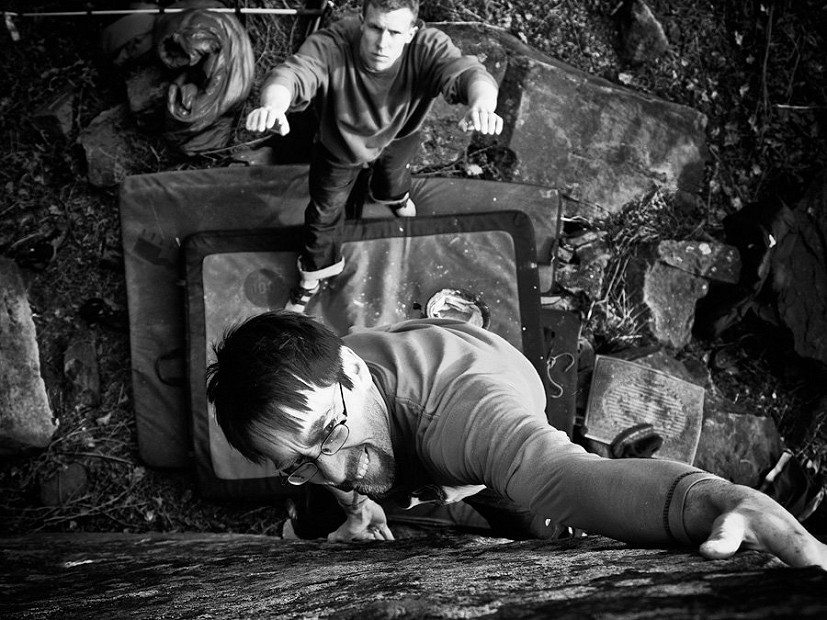
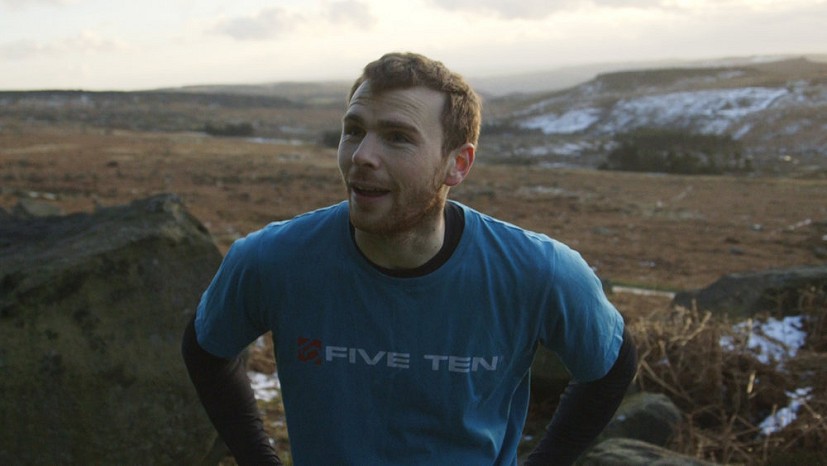
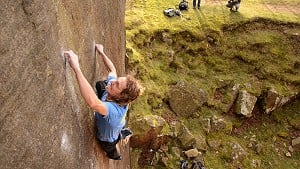
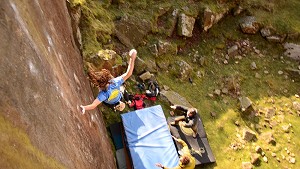
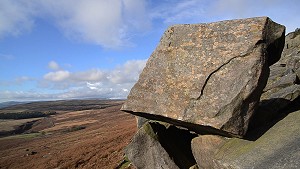

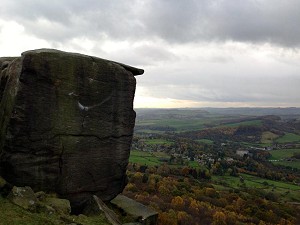


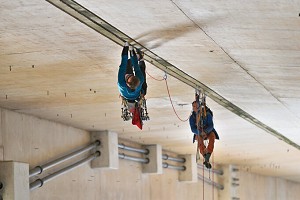
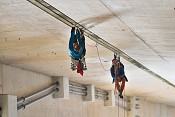
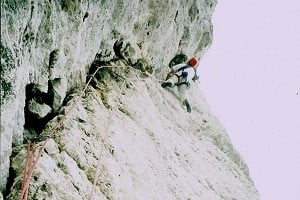
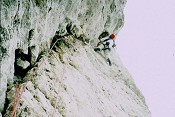








Comments